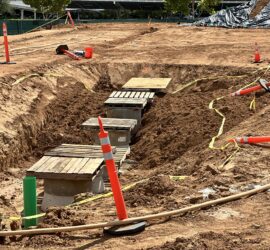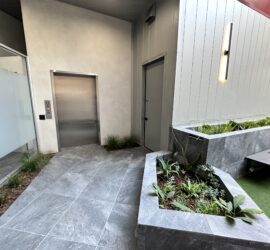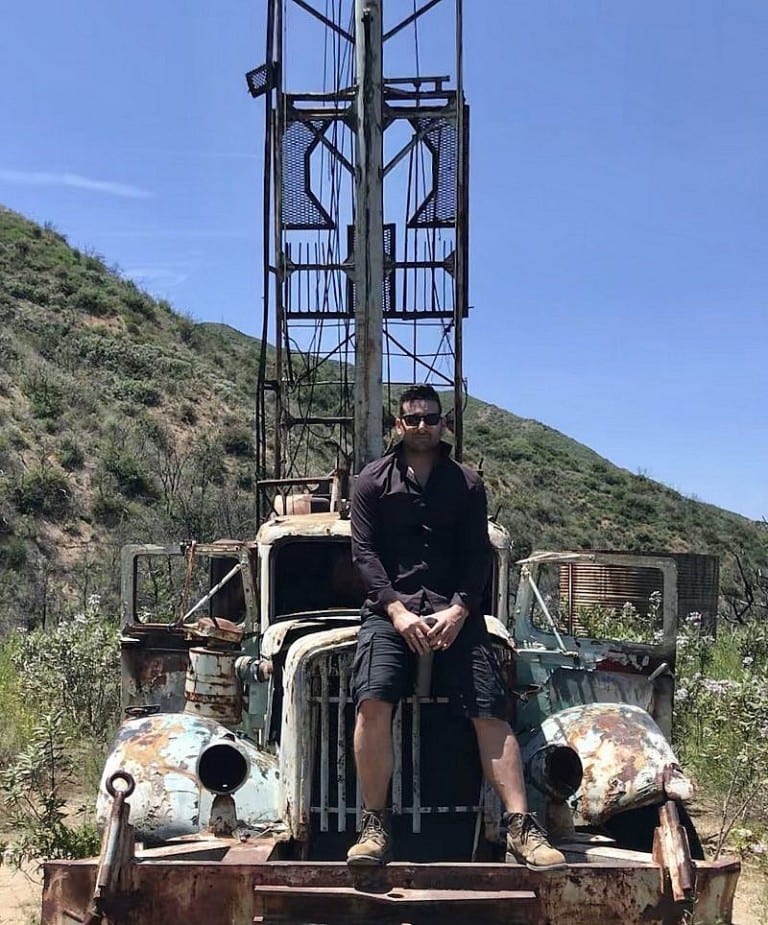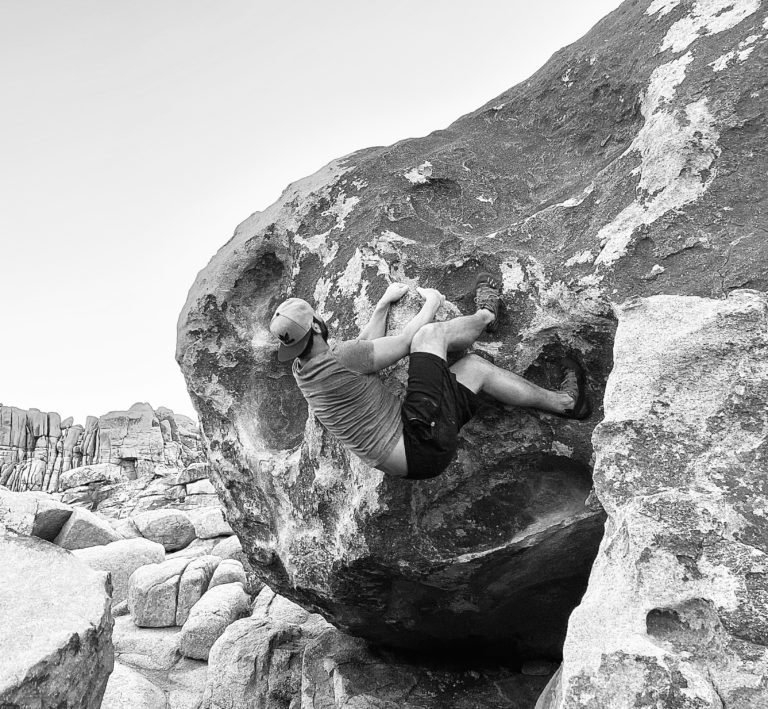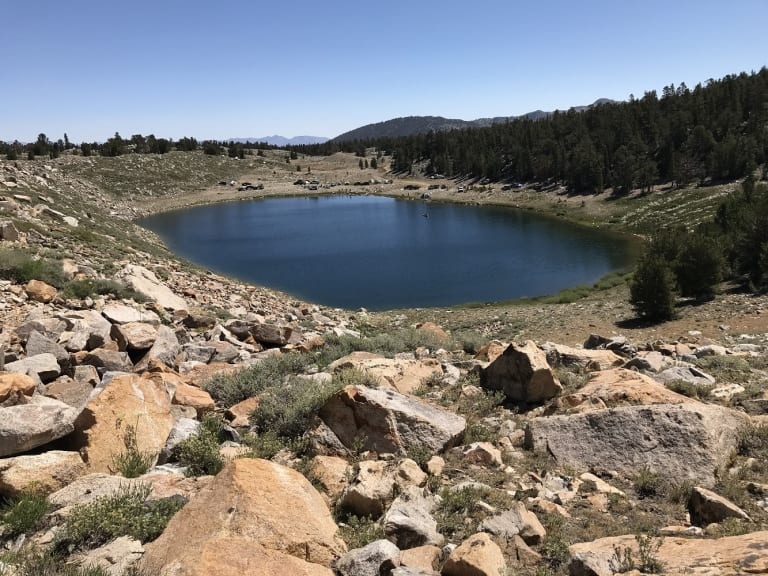San Carlos Olivine & Peridot
The San Carlos Apache Reservation is one of the earth’s richest resources olivine-rich rocks. San Carlos Olivine is a name that refers to a group of closely related minerals, with very similar chemical compositions, that are found in igneous rocks in the Apache Reservation. These olivine minerals consist of silicon and oxygen most commonly combined with varying proportions of iron and magnesium. Because different combinations can result in the same crystalline structure and near-identical minerals, it is difficult to determine specific compositions without sophisticated testing. As a result, most greenish minerals, found in igneous rocks, are reasonably presumed to be olivine. Updated December 9, 2025.
San Carlos Olivine Geological Background
Basalt, gabbro, and peridotite are typical olivine-rich rocks. San Carlos Olivine is not commonly found in sedimentary rocks due to its susceptibility to weathering- that is, being chemically changed or broken down when exposed to oxygen, carbon dioxide, and water from the air and rain. Just as this type of transmutation can destroy olivine, another can create it through chemical processes that rearrange elements from other minerals. For example, where dolomite and quartz come into contact, the dolomite can contribute its calcium and magnesium to combine with the silicon from quartz, to create olivine.
Crystallization
Igneous rocks contain a wide range of minerals that form at different temperatures. Olivine has a very high crystallization temperature, making it one of the first minerals to crystallize from magma. Silica within the molten rock will form olivine while it is still liquid, at temperatures over 2,000 degrees Fahrenheit. The remaining silica will form a range of different other minerals as the magma cools. Moreover, the rate at which the magma cools determines the type of final rock that results. Rapidly cooling magma will become basalt, while the product formed from magma that cools slowly is called gabbro. San Carlos Olivine does not always form large crystals but when it does they are near-transparent to translucent, range from medium-dark green to a lighter, yellowish, olive-green, and when discovered to be gem-quality, are called peridot.
San Carlos Apache Reservation
Historically, the most famous location for mining peridot was the tiny Egyptian island Zabargad in the middle of the Red Sea. After centuries of heavy extraction, the geological resources there have been largely depleted, and today the gemstone market relies on other sources. Pakistan boasts one of the most abundant sources in Sapat Gali, while Myanmar plays host to the bountiful site known as Mogok. However, one of the world’s richest peridot mines exists in the United States, 90 miles east of Phoenix, Arizona on the San Carlos Apache Reservation. And this particular substance goes by the global nomenclature: San Carlos Olivine.
San Carlos Olivine History
Peridot Mesa is located southwest of the city of San Carlos and has been known of and worked as a mining location since at least 1900. Shortly thereafter, the area saw a rapid spike in mining activity, so much so that the gemstone market was flooded with peridot by the early 1900s. This resulted in lower prices and a subsequent plummeting in the rate of mineral extraction from the mines. In recent years, the rate of mining has remained slow, but locals on the Reservation continue to work the area consistently, and the Apache Nation has exclusive mining rights to the San Carlos region today.
Heritage
According to the Apache Nation Chamber of Commerce, the rich cultural heritage of The Apache is inexorably tied to the Earth, and it is with care and respect that they mine peridot from up to 50 feet deep in ancient lava flows now hardened into basalt. In fact, most of this peridot is mined by using only hand tools, sparing the landscape any disturbances caused by heavy machinery and explosives. Given the hardness of basalt, it is easy to appreciate the hard work that goes into these minimally-invasive mining techniques.
According to United States Geological Survey (USGS) Mineral Resources Data System (MRDS), Peridot Mesa is the top-producing source of Peridot in the continent of North America. Perhaps the most important geological feature of this site is the volcanic cone, which was responsible for depositing the ancient lava which became the olivine-rich rock formations that exist today.
Volcanic Eruption
A single, energetic and extremely violent pyroclastic volcanic event expelled the molten rock out of the earth and created the geological features we see today. But before the eruption, there was a lot going on beneath the surface. Extreme temperatures deep underground, hot enough to melt rocks, results in thick magma that forms in the upper mantle. Eventually, pressure increases, and this magma makes its way up into the continental crust and toward the surface through magma conduits. The Peridot Mesa eruption probably began with pyroclastic surges or bursts of gas and rock being expelled with some force. This would have been followed by the main event of an explosion of magma- super-heated, liquid rock now called lava, flowing slowly across the ground surface.
Ancient Lava Flows
Magma erupting would have produced a spectacular lava fountain. The lava flow appears to have begun in the southwest corner of the mesa and created a cap over the existing sedimentary rock deposit. The lava continued northeast following the topography, filling up crevices much like pouring batter into a waffle iron. And, the extreme heat of the lava changed the geology of the surface layer where it was poured, creating a unique layer where this heat-altered zone now rests. After eruptions ceased and the lava fountain subsided, the volcanic vent was plugged by the now-cooling magma, and it collapsed into a sort of crater that is typical of post-eruption volcanic sites.
San Carlos Olivine Basalt
The lava flowing across the landscape would, over the course of days and weeks, cool to become the igneous rock known as basalt. Basalt has a composition that is roughly 50% silica, along with a good amount of iron and magnesium and is a common host rock for olivine. The olivine sometimes exists in xenoliths, which are larger pieces of rock that are found in but have a different origin than, the igneous rock in which it is found. The olivine at Peridot Mesa also exists as small nodules, usually the size of a grain of sand or a little larger, within the host rock. These types of mineral crystals that are contained within the igneous rock are called phenocrysts. Sometimes these deposits of San Carlos Olivine can be found as larger crystals, and this is where the mining of peridot applies.
Gemological Properties
The average size of San Carlos peridots is not as large as the gems found at some other sites. That is not to say that there are not high-quality gemstones to be found, and the olivine formations in the basalt make for striking geological specimens even if larger crystals are not present. The most sought-after peridots have a bright green color and transparent quality. Much like diamonds or other gemstones, jewelry makers will search for clear stones with no inclusions, or specs of impurities. However, geologists find these characteristics quite fascinating. Other colors of the gems are typically dark green or brownish to yellowish-green.
Visiting Peridot Mesa
Although this fascinating geological site exists on the Apache Reservation, it is still accessible to visitors and is a popular destination for wildflower viewing in the spring. In order to go outside the city limits of San Carlos, into the mountains or any other Tribal Lands, guests are required to buy a permit. These can be purchased at the San Carlos Apache Tribe Recreation and Wildlife Office, for ten dollars. There are hundreds of miles of trails that will guide hikers through the backcountry and around Peridot Mesa, through vast areas containing the olivine basalt. Harvesting peridot is off-limits, except for a few geologists who have been able to acquire special permission for San Carlos Olivine research and sample collection.
Author:
Written By: Michael Joseph Sabo
Sources:
www.gia.edu (San-Carlos-Peridot)
www.sancarlosapache.com (Apache Res.)
www.mrdata.usgs.gov (Peridot Mesa)

